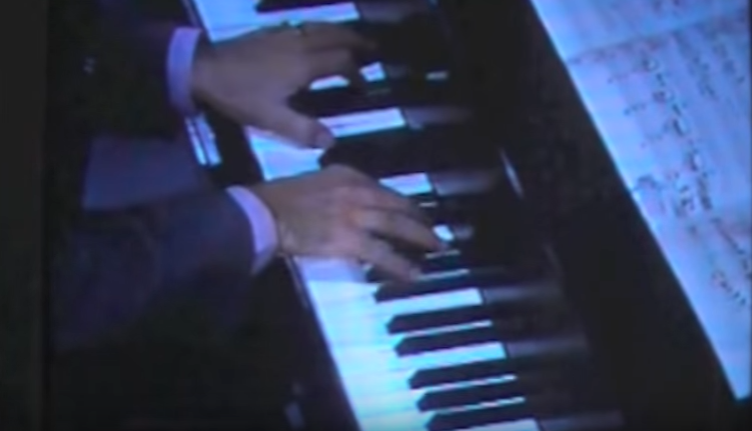 Bernstein uses Mozart’s Symphony # 40 in G minor to illustrate the how tonal music theory is actually the interaction of two oppositional forces i.e. chromaticism which is a force of ambiguity or expressivity and, diatonicism which is a force for tonal clarity or keyness . Viewed from this frame of reference there comes into existence a kind of (spectrum of affective response) that is directly related to both history and chromatic density: So very diatonic music sounds simple direct and clearly in a key (think folk music) and the more chromatic music becomes the more expressive the music becomes (if it’s good) until it becomes sorta dream like (impressionist) and then quite modern then atonal . This is a short excerpt from lecture 1 Phonology of Bernstein’s Six Harvard Lectures “The Unanswered Question” 1973 .
Bernstein uses Mozart’s Symphony # 40 in G minor to illustrate the how tonal music theory is actually the interaction of two oppositional forces i.e. chromaticism which is a force of ambiguity or expressivity and, diatonicism which is a force for tonal clarity or keyness . Viewed from this frame of reference there comes into existence a kind of (spectrum of affective response) that is directly related to both history and chromatic density: So very diatonic music sounds simple direct and clearly in a key (think folk music) and the more chromatic music becomes the more expressive the music becomes (if it’s good) until it becomes sorta dream like (impressionist) and then quite modern then atonal . This is a short excerpt from lecture 1 Phonology of Bernstein’s Six Harvard Lectures “The Unanswered Question” 1973 .
[pb_vidembed title=”” caption=”” url=”http://www.youtube.com/watch?v=DCP58BigEfw” type=”yt” w=”680″ h=”385″]
Speak Your Mind